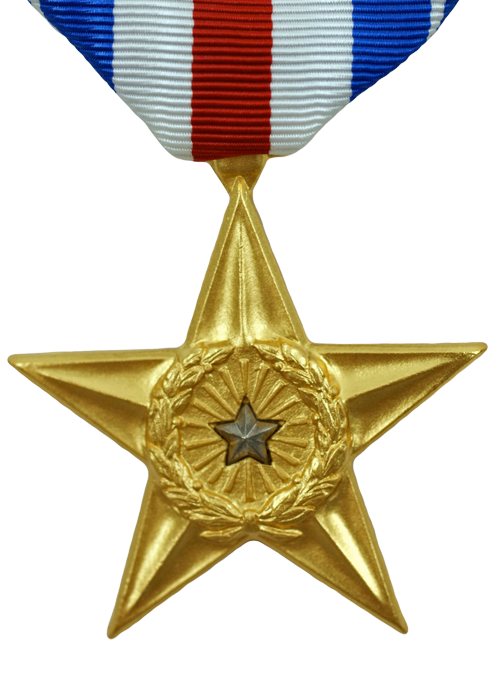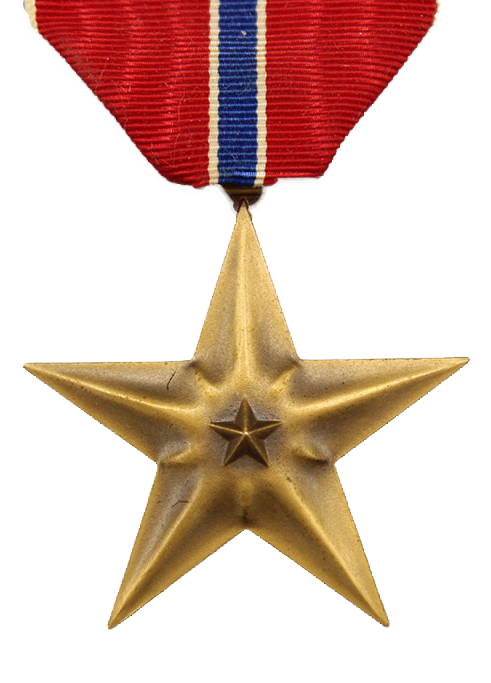England, 1944
D Company of the 87th Chemical Mortar Battalion sailed to England in April, 1944 on the "Queen Elizabeth". During the crossing she had no protective escort and relied on the vessel's speed and a zig-zag course as a safeguard against German submarines. Conditions aboard were very crowded. Every inch of the ship was used. Overall, the troups were in high spirit. We arrived in Scotland on the morning of April the 6th. To my complete surprise I discovered, anchored in the Firth of Clide, a number of war ships of the Free French National Navy, proudly flying the tricolor. Hard to describe the thrill of this sight!
Following a long train ride from Glascow through the beautiful hills of Scotland and England, we finally arrived in Tiverton, Devonshire on Easter morning. This was to be our final assembly point before the invasion. There, we were billeted in private homes. Despite the war's devastating effect, the British people were warm and welcoming us, often sharing goods which were either rationed or hard to obtain. The family which opened their home to us had a son in the service and treated us as one of their own. English taverns as well as frequent dances at the New Hall were all well attended by the GIs. I remember wondering if there was a war on! One sunny afternoon I went to sleep on the grass in a public park and woke up with a start. A frightening dark cloud, shielding the bright sunlight, was directly above me! It was an anti-aircraft balloon flying too low. We were at war all right!
After some reorganization, we took part in extensive training operations, one of which was the "Tiger" exercises. It consisted of making an amphibious landing on the beach at Slappson Sands and proceeding with full combat gear to "secure" the beach. We also marked time with mortar drills, calisthenics, classes on mine detectors, lectures on butterfly bombs, card games, writing home, reading, etc.
On May 30th, the orientation on D-Day began. Every effort was made to introduce us to the general topography of the land without revealing the actual location of the strike. Knowing of my special relationship with France*, an intelligence officer invited me to discuss the area with him and I remember mentioning the "hedgerows" as a possible problem. Security was very high and we were confined to quarters, with armed Military Police patrolling our compound. The activity all around us was infectious. Convoys of troops, equipment, weaponry were everywhere. In Torquay, our port of embarkation, the number of ships at dock and moored at sea were an indication of the magnitude of the operation.
As D-Day neared we became more aware of the coming task. The exuberance of yesterday became resignation. We often thought about our families back home, wondered if we would die or how we would perform in combat. *My father was American and Mother French. I was born and raised in Paris and lived under German occupation one year before finally escaping in 1941.
D-Day June 6th, 1944
On the first of June, our unit boarded the English "Empire Gauntlet". Our mission was to hit the beach, and turn right along the water's edge instead of going inland. Our objective was the village of Quineville, approximately six miles away.
On the 5th of June at noon, the ship's public address system informed us that D-Day would be the 6th of June, with H-Hour at 0630 hours. We sailed toward Calais as a feinting move and at midnight turned south toward our assembly area. The "softening up" had already started. Punctuating the night, flares and bombs accompanied by thunder could be seen and heard from the deck of our transport.
The naval operation began at daylight
In the breaking daylight we discovered that we were in good company; the mighty battleships Nevada and Texas were close by and began to pound the French shore with a deafening roar in preparation for the landing. Countless troop transports, destroyers, mine sweepers, landing crafts and an umbrella of air protection signalled that things were heating up. Waves of the 101st airborn paratroopers passed overhead on their way to their drop zones behind the enemy lines (a few days later we would find countless dead bodies of these brave 19 years olds).
The weather was not cooperating. Ever since we weighed anchor, the sporatic cold rain and unusually strong wind had whipped up the channel into huge waves making the navigation of the smaller vessels, very difficult. A unit of combat engineers, trained to blow up underwater obstacles, was lowered over nets hanging from the bulkhead of our ship into the dancing landing barges. Not an easy job the GIs, overloaded with their equipment and under poor light, would lower themselves down the wet and slippery net while the landing craft, carried by the waves, would come up and down unpredictably making the operation nearly impossible and very dangerous. At 05:00 am. it was our turn to lower ourselves into our LCI and join our assigned assault wave. We formed large unending circles with other landing barges while waiting, for what seemed an eternity, for the signal to turn toward the beach.
The apprehension, bucking of our barge and waves washing over the vessel were such that we all became miserably seasick. Predicting this possibility, the US army had provided us with small paper bags should we need them. We used them of course, but as the bag became wet the bottom opened up and we were now vomiting into a paper tube! What was our state of mind at this point? Were we afraid? Yes, we were of course but this fear was tempered by the moment. There was just too much happening at the same time. Too many questions to answer: What was waiting ahead, how will we react, the noise, the motion of the barge, the waves crashing over us, being sick and cold or was it hot?, Later, we all agreed that feeling as miserable as we had been, we all prefered to get ashore as soon as possible no matter what was waiting for us.
Finally we got the GO signal. We turned toward the beach, forming a line of landing crafts and the engines began to roar indicating a surge in power. I must say that this moment was exhilarating, looking over the edge of the barge and getting closer to the beach, we could see that we were fully engaged with the German defenses. Some landing crafts were on fire, others sunk into the shallow sandy bottom. Others returning empty for another load. German artillery, mortars and small arms fire pounded our forces and getting closer we saw the bodies of our dead 4th Division infantrymen lying in the sand. Some American tanks had made it ashore, others had become disabled and provided us with some temporary protection. WE WERE IN FRANCE!
After the landing ramp went down we all disembarked at once and I found myself standing in four feet of cold water with lots of equipment and trying to wade in. There was a lot of fighting ahead. Dead soldiers were floating in the water or dying on the beach waiting for medical help. Ahead, the 4th Infantry line was still making its advance. A young soldier in front of me had just been shot and medics were trying their best to stop the bleeding. The German artillery and mortars were pounding continually. A short distance ahead P-47 fighters were bombing and strafing the German lines while looking for targets of opportunity. The battleship's big guns were supporting the whole show by shelling roads, gun emplacements etc. To my great surprise I found that a German soldier was shooting at me. I tried to find cover behind a Sherman tank which had been disabled. Whenever I looked on one side of the tank or the other the German sharpshooter kept trying to hit me. Waves after waves of American gliders and paratroopers flew over us and were dropping a short distance ahead.
Later we moved up the beach and found protection behind a concrete wall and regrouped there before resuming the attack inland. We had made it!














